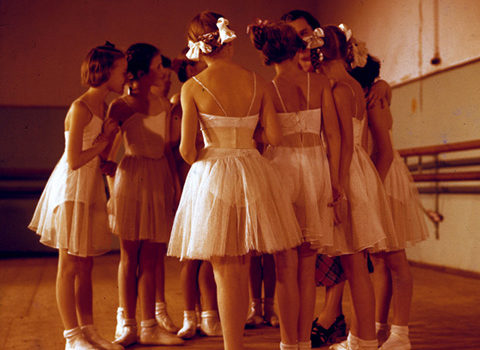For decades the Eastern giant had been the great unknown on the international scene. The Iron Curtain separated the huge Empire between the Baltic sea and the Pacific from the rest of the world. Only scanty news and rumors trickled through. After Stalin’s death in 1953 the force of total control was loosened. Western reporters and photographers began to define and to gather a new mosaic-like picture of Russia. In 1956, only one year after the peace treaty between Russia and Germany, and after long negotiations with the Sovjet authorities, a West German Film Production Team obtained the authorization for filming in the USSR. Peter Bock-Schroeder was hired as the team’s photographer. He was the first official German photographer to be allowed into the USSR after the second World War. During the reportage all members of the production team were subject to strict censorship. The film cameras had to follow a script that was monitored by the authorities. Peter Bock-Schroeder, equipped with only a double lens Rolleiflex, was able to work almost without restriction and interference.
Bock-Schroeder’s photographs show the differences and similarities between lifestyles in the East and the West of the late 1950’s. His work describes the Russiandaily life in all its austerity and authenticity. He also witnessed solemn religious services and processions of the Orthodox Church, photographed the Bolshoi Theater in Moscow and took part in sport events and military parades.
On the eve of his departure for West Berlin, Peter Bock-Schroeder sewed the exposed rolls of film into his trench coat. By doing so he knew he was taking a risk, but after having witnessed and survived a dictatorial regime in his own country he refused to subdue to censorship.
Peter Bock-Schroeder
Peter Bock-Schroeder was born in Hamburg on November 30th 1913. In 1929, at the age of 16, Bock-Schroeder left home to find a future in Berlin. He enrolled in an apprentice program at Atelier Binder studios. After months spent “retouching negatives and positives, playing the peek-a-boo clown for children’s portraits and going to buy the bread rolls for the boss,” he left the studio and enrolled at the Bräuhaus photo school.
When, in 1938, as the Nazi war machine geared up for the coming invasion of Poland and the state-run Kristallnacht pogrom signaled the beginning of all-out war against Germany’s jewish population, Bock- Schroeder attempted to flee to Holland. He was arrested and sent back to Germany. When the war broke out on September 1st 1939, Bock-Schroeder enlisted in the Luftwaffe. During the war he served as aerial gunner and war correspondent in Erwin Rommel’s Afrika Corps.In 1945, he applied for employment at the fledgling German News Service (today dpa). He was hired on the spot by Sefton Delmer. As news agency photo-journalist, Bock-Schroeder traveled throughout Allied occupied Germany and the neighboring nations of Europe. In 1949, Bock-Schroeder, then 36, was hired by Henri Nannen for Stern Magazine as photo journalist, and sent on assignments around the world. He also worked for Quick Magazine and Revue.
On February 19th 2001 Peter Bock-Schroeder died, age 87, in Munich.
Steve Dougherty
“Going East”, Russia by Peter Bock-Schroeder
Through July 2
Galerie RTR
1, avenue Trudaine
75009 Paris
















